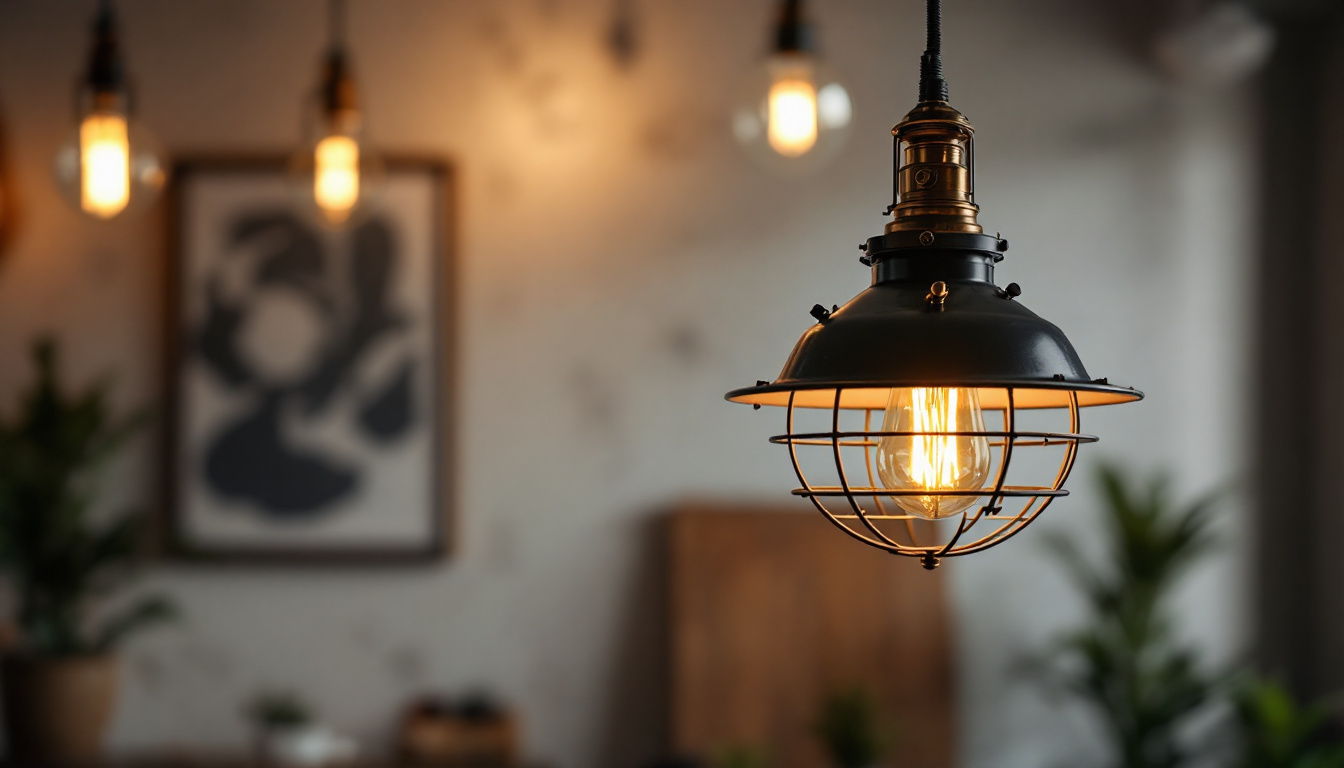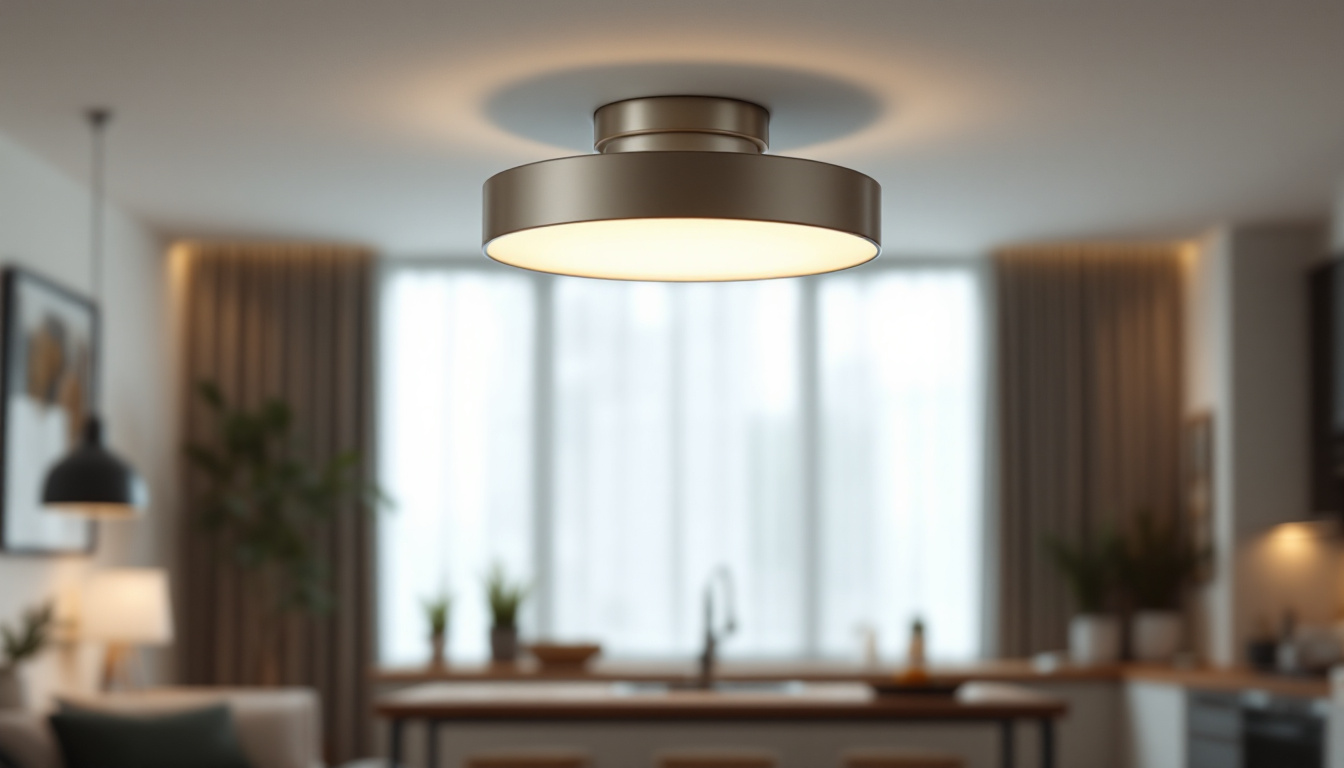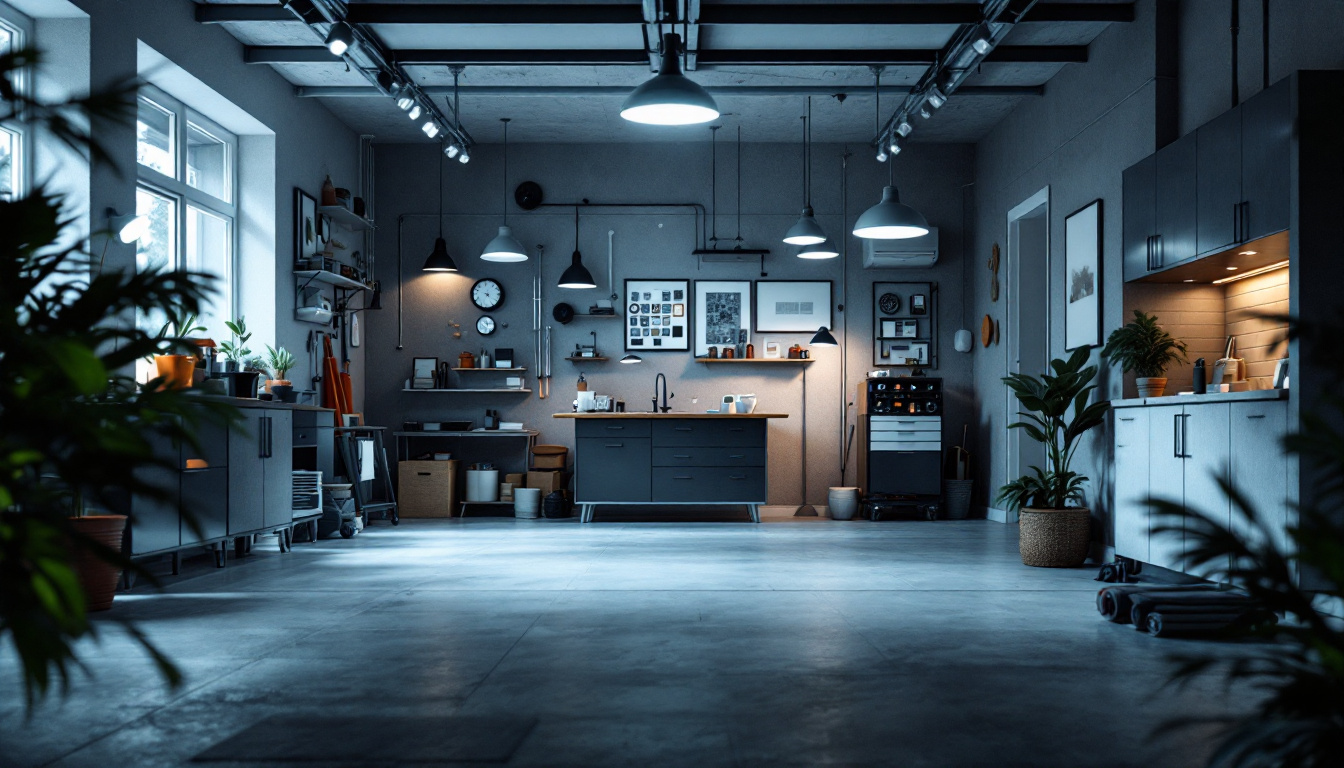
For lighting contractors, ensuring that every project is executed flawlessly is paramount. One critical aspect that often gets overlooked is the selection and installation of light bases. This checklist serves as a comprehensive guide to help contractors navigate the complexities of light bases, ensuring safety, efficiency, and aesthetics in every lighting project.
Light bases, also known as lamp bases, serve as the foundation for various types of lighting fixtures. They play a crucial role in ensuring that light bulbs are securely held in place while providing electrical connections. Understanding the different types of light bases available is essential for contractors as it can significantly impact the performance and longevity of the lighting installation. A well-chosen light base not only enhances the aesthetic appeal of a space but also contributes to energy efficiency and safety, making it a vital consideration in any lighting project.
There are several types of light bases, each designed for specific applications. The most common types include:
The material of the light base can significantly affect its durability and performance. Common materials include:
In addition to the basic types and materials, it’s worth noting that light bases can also vary in size and shape, which can affect compatibility with different fixtures and bulbs. For instance, some bases are designed to accommodate larger bulbs, while others may be more compact to fit into smaller spaces. Understanding these nuances is essential for achieving the desired lighting effect and ensuring that the installation meets safety standards. Moreover, as technology evolves, new base designs and materials are emerging, offering even more options for customization and efficiency in lighting solutions.
Proper installation of light bases is crucial for both safety and functionality. Following established guidelines can help prevent common issues that arise during installation. A well-executed installation not only ensures the longevity of the lighting fixture but also enhances the overall aesthetic of the space, providing a well-lit environment that meets both practical and design needs.
Before beginning any installation, it is essential to adhere to safety protocols. This includes:
In addition to these precautions, it is advisable to work in a well-ventilated area, especially when dealing with materials that may emit fumes or dust. Ensuring that the workspace is organized and free from clutter can also help prevent accidents. If you are unsure about any aspect of the installation, consulting a professional electrician can provide peace of mind and ensure compliance with local electrical codes.
The installation process can vary depending on the type of light base being used, but generally follows these steps:
It is also important to consider the type of bulbs that will be used with the light base, as different bulbs may have varying requirements for heat dissipation and energy consumption. For instance, LED bulbs are known for their energy efficiency and longevity, but they may require specific bases or fixtures to operate optimally. Additionally, keeping a record of the installation process, including any unique challenges faced and solutions implemented, can be beneficial for future reference or for others who may undertake similar projects.
Even with careful installation, issues may arise that require troubleshooting. Being prepared to address these problems can save time and enhance customer satisfaction.
Flickering lights can be a frustrating issue for both contractors and clients. Common causes include:
To resolve flickering, inspect all connections and ensure that the correct bulbs are being used. If the problem persists, consulting an electrician may be necessary to evaluate the electrical system.
Overheating can lead to premature failure of light bases and poses a fire risk. Potential causes include:
To prevent overheating, always adhere to the manufacturer’s wattage recommendations and ensure proper airflow around the fixture. Regular inspections can help identify wiring issues before they become serious problems.
Compliance with local and national electrical codes is non-negotiable for lighting contractors. Understanding these regulations is essential for maintaining safety and legality in all installations.
The NEC outlines the minimum safety standards for electrical installations, including lighting. Key points to consider include:
In addition to the NEC, local building codes may impose additional requirements specific to the region. These can include:
Contractors should familiarize themselves with these codes to ensure compliance and avoid potential fines or rework.
Selecting the appropriate light base for a project can greatly influence the outcome. Factors to consider include the type of fixture, the environment, and the intended use of the lighting.
Not all light bases are compatible with every fixture. Understanding the specifications of the fixture can help in selecting the right base. Consider the following:
Environmental factors can significantly impact the choice of light base. For instance:
Regular maintenance is essential for ensuring the longevity of light bases and the overall lighting system. Implementing a maintenance schedule can help identify issues before they escalate.
Conducting routine inspections can help catch problems early. Key areas to focus on include:
Keeping light bases clean can enhance their performance and appearance. Recommended practices include:
Light bases may seem like a minor detail in the grand scheme of a lighting project, but their importance cannot be overstated. By following this checklist, lighting contractors can ensure that they select, install, and maintain light bases effectively, leading to successful projects and satisfied clients.
In an industry where precision and safety are paramount, investing time and effort into understanding light bases will pay dividends in the quality of work delivered. Whether it’s a residential installation or a commercial project, the right light base can make all the difference.
Ready to elevate your lighting projects with the best in the business? LumenWholesale is your go-to source for spec-grade lighting products that blend quality, affordability, and convenience. Say goodbye to inflated markups and hello to our extensive selection of reliable, high-performance lighting essentials. With free shipping on bulk orders, we ensure that you get the premium lighting you need at the best value. Don’t compromise on excellence — Wholesale Lighting at the Best Value is just a click away. Partner with LumenWholesale today and light up your projects with confidence.

Discover the key challenges facing lighting contractors in the evolving industry landscape.

Discover the essential insights every lighting contractor needs about industrial style pendant lamps.

Discover how contemporary semi flush mount lighting not only elevates your home’s aesthetic but also enhances safety in lighting installations.

Discover how a Garage Lighting Layout Calculator can revolutionize your lighting projects.